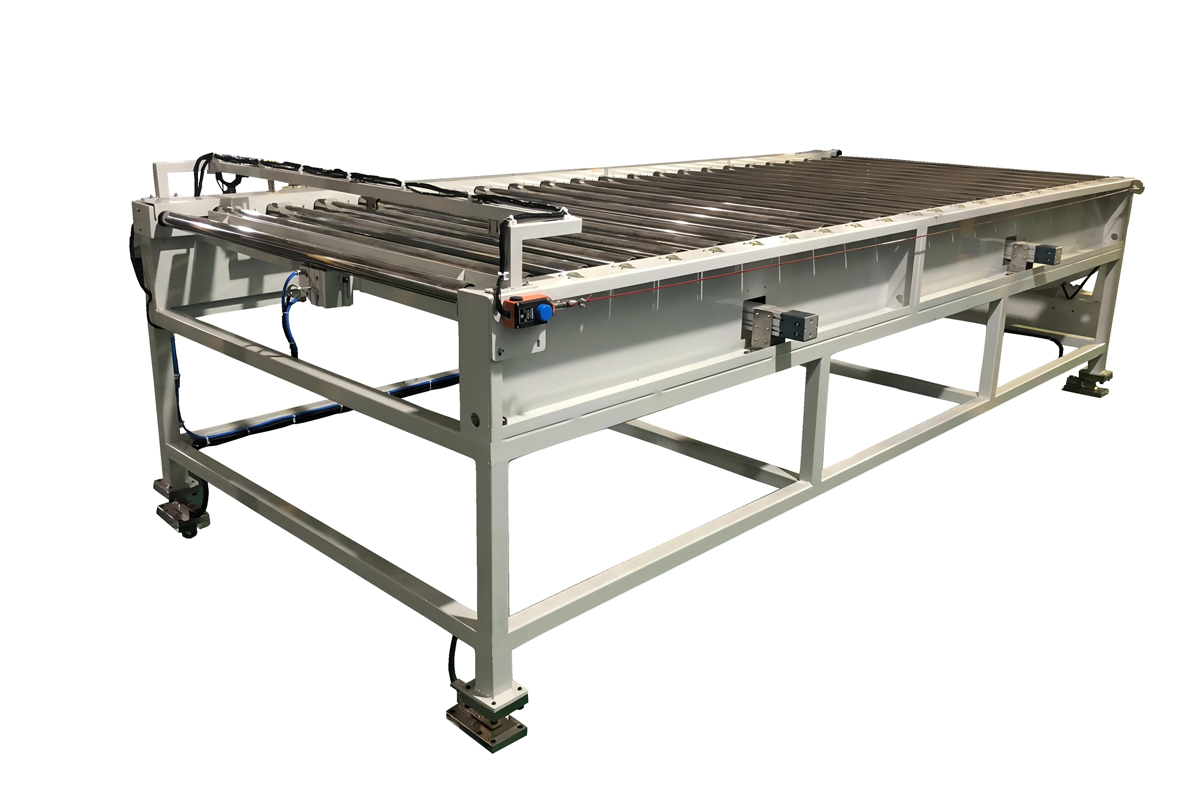Introduction
The Roller Conveyor is a critical component in the MCM (Multi-Ceramic Manufacturing) Soft Porcelain Production Line, designed to transport delicate ceramic products efficiently through various stages of production. Its robust construction and precision engineering ensure minimal product damage while maintaining high throughput rates. This article explores its technical specifications, applications, and maintenance protocols.

Technical Features
Load Capacity: Supports up to 150 kg/m with a maximum distributed load of 500 kg.
Conveyor Speed: Adjustable between 0.1 m/s to 0.5 m/s, optimized for delicate porcelain handling.
Roller Diameter & Material: Stainless steel rollers with a diameter of 50 mm, coated with anti-abrasive polymer to reduce friction.
Temperature Resistance: Operates in environments ranging from -10°C to 120°C, suitable for kiln entry zones.
Noise Level: Maintains noise below 65 dB during operation, ensuring a worker-friendly environment.
Applications
The Roller Conveyor is widely used in:
Biscuit Firing Stage: Transfers unfired porcelain to kilns at controlled speeds to prevent deformation.
Glazing Lines: Ensures even glaze application with minimal vibration (<0.2 mm="" amplitude="">
Sorting & Packaging: Integrates with robotic arms for automated sorting at 20 units/minute.
Cooling Zones: Features heat-resistant rollers to handle post-kiln products at 80°C–100°C.
Maintenance Guidelines
To ensure longevity and performance:
Daily Checks: Inspect roller alignment (±0.5 mm tolerance) and lubricate bearings with high-temperature grease (NLGI Grade 2).
Weekly Tasks: Clean debris using compressed air (6 bar max) and check motor amperage (
<±10% of="" rated="" current="">
Monthly Procedures: Replace worn rollers (if diameter reduces beyond 48 mm) and recalibrate speed sensors.
Annual Overhaul: Disassemble drive chains, measure elongation (<3% of="" original="" length="">
This conveyor system enhances productivity while preserving product integrity in soft porcelain manufacturing. Adherence to maintenance schedules is vital to avoid downtime.








